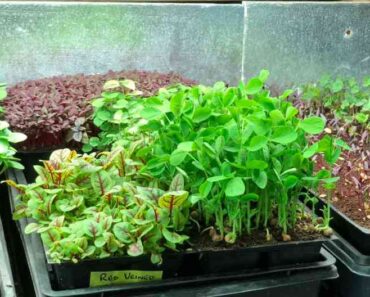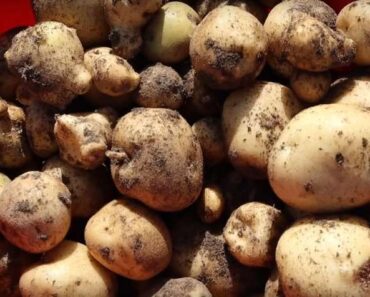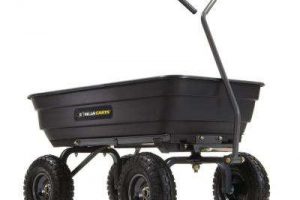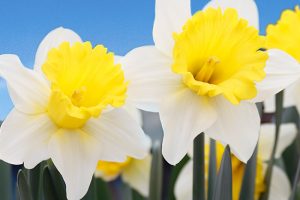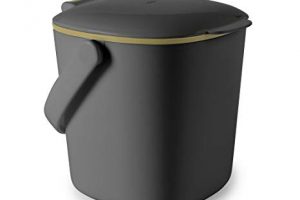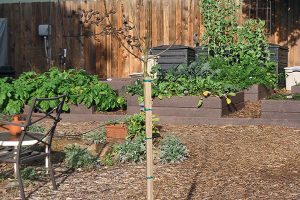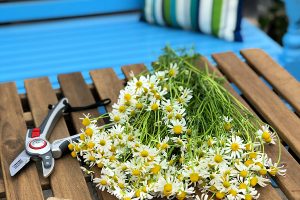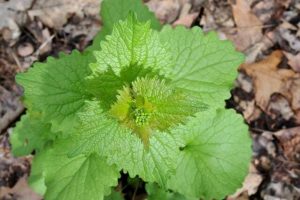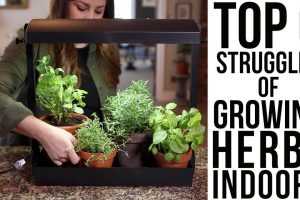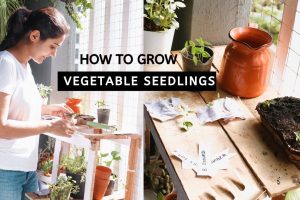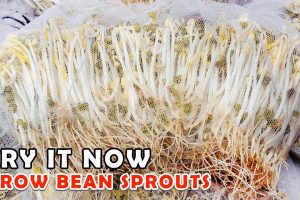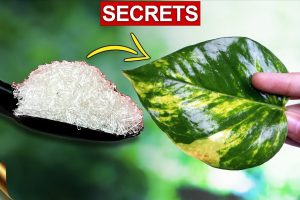When we think gardening and insects, we normally think pest. And the best way to get rid of pests in the garden has generally been to use pesticides. Sadly, while many of the true garden pests have become completely resistant to pesticides and poisons that so many people use, the many beneficial gardening insects continue to perish when pesticides are used.
Why, you may be asking, are some insects beneficial? After all, aren’t they just bugs? The answer is: No, not at all. Beneficial insects are nature’s answer to pest control, and they are valued most in organic gardening and organic farming. It’s a kind of biocontrol – bug eats bug! And we get rid of the toxins that are slowly poisoning the world.
There are various reasons why we need certain insects in our gardens. This has resulted in us being able to categorize beneficial gardening insects (and related creatures) as:
- pollinators,
- predators, and
- parasites.
| Name of insect | How they help | Example plants they like |
|---|---|---|
| Bees | Pollinate plants while feeding on nectar and pollen. They are essential for many crops such as tomatoes, peppers, squash. | Flowers with bright colors and sweet scents such as lavender, borage, basil. |
| Ladybugs | Prey on mealybugs, aphids, mites. Their larvae feed even more voraciously on pest insects. | Flowers with small nectar sources such as dill, fennel, parsley. |
| Earthworms | Improve soil structure and fertility by breaking down organic matter and creating tunnels for air and water. They also provide food for birds and other animals. | Soil with high organic matter content such as compost, mulch, manure. |
| Tachinid flies | Parasitize pest insects such as caterpillars, beetles, bugs by laying eggs on or inside them. Their larvae then feed on the host until it dies. | Flowers with small nectar sources such as dill, fennel, parsley. |
| Soldier beetles | Prey on aphids, caterpillars, grasshopper eggs. They also pollinate plants while feeding on nectar and pollen. | Flowers with pollen sources such as sunflower, marigold, and plants with nectar. |
| Minute pirate bugs | Prey on thrips, spider mites, aphids. They can consume up to 30 pests per day. They also pollinate plants while feeding on nectar and pollen. | Flowers with small nectar sources such as dill. |
| Green lacewings | Prey on many garden pests such as aphids, mites, mealybugs and scales. Their larvae are known as aphid lions. | Flowers with small nectar sources such as dill, fennel, parsley. |
| Wasps | Pollinate plants while feeding on nectar. Some also parasitize or prey on pest insects. | Flowers with small nectar sources such as dill, fennel, parsley, yarrow. |
| Damsel bugs | Prey on aphids small caterpillars, thrips, leafhoppers and other pests. They can be attracted by planting alfalfa near your vegetable garden. | Marigolds, spearmint, dill, low growing plants, goldenrod, lavender. |
| Praying mantises | Prey on a variety of pest insects such as grasshoppers, crickets, flies, moths, beetles and even reptiles if the praying mantis is big enough. | Plants that provide camouflage and shelter such as tall grasses, shrubs, flowers with green or brown colors. |
10 Most Important Beneficial Insects for the Garden
Here is a list of the top ten beneficial garden insects, showing which category each ones falls into:
Honey bees that pollinate flowers.
Lady beetles (also called lady bugs, although in reality they aren’t bugs) that will guzzle aphids as well as mealy bugs, spider mites and several types of harmful larvae. The larvae of lady beetles will also feed on garden pests.
Ground beetles of various types feed on a wide number of insect types – usually at night. Most are dark brown and shiny.
Aggressive bugs like assassin bugs, damsel bugs and tiny pirate bugs all prey on spider mites, aphids, thrips, leafhoppers and various caterpillars. If there isn’t enough food to go around, they often eat one another.
Green lacewings, also called aphid lions, feed on similar pests to the aggressive bugs mentioned above, as well as nymphs and moth eggs. If there isn’t enough nectar and pollen in the garden for adult insects to feed on, they will move on.
Antlions, or doodlebugs, are the larvae of a clear-winged insect and they are related to green lacewings. They make funnel-shaped traps in the ground that insects (their prey) fall in to, which is when the antlions make their move.
Dragon flies are usually seen around water, particularly garden ponds and streams. Their main source of food seems to be mosquitoes and flies, which are more of a menace to man than to plants.
Wasps of various types, ranging from hornets to tiny little insects you probably don’t even notice, eat spiders. Some are parasites that lay their eggs on a host insect, and when the eggs hatch, the larvae eat their host.
Syrphid flies, also called flower flies or hover flies, look as if they have small yellow jackets making them easy to identify. Their larvae feed on aphids, young termites, as well as ants and even bees.
The praying mantis eats grasshoppers, flies, bees, crickets and wasps – and even their own kind.
In addition to these beneficial insects, spiders (which are eight-legged arthropods rather than insects) are great predators in the garden because they eat many different types of insect. Predatory mites, which are spider-like creatures, also consume some troublesome insects including flower and onion thrips.
How to Attract Beneficial Insects to Your Garden
The best way to attract beneficial insects and other favorable creatures to your garden is to provide them with whatever if it is they want, nectar and pollen for example.
There are also some plants that will attract beneficial insects and keep them returning to your garden, including several herbs – alfalfa, clover, coriander, calendula, yarrow, dill, parsley, fennel – as well as white sweet alyssum, candy tuft, black-eyed Susan, cosmos, and the Bishop’s flower. Of course if any of these are indigenous to the area in which you live, you’ve got a bonus.
Just remember that different plants will attract different insects. For example, honeybees will be attracted by bee balm, pineapple sage, parsley and even Queen Anne’s lace.
There are also proprietary food supply attractants that you can put onto a bird table in your garden, or products that you can spray on the foliage, to attract these beneficial creatures.
Beneficial Insects You Can Buy
Two of our presidents kept their own insectories to make sure that they always had the beneficial insects that would keep the pests away from the crops they were growing. They were George Washington, the first president of the United States of America, and Thomas Jefferson, the third president of the USA.
But today, you can buy many beneficial insects that are available at just the right time, to get rid of garden insect pests. Just be sure you really need them, otherwise they will move off to greener pastures so to speak.
Here is a list of some of the insects you can buy:
- Praying mantis
- Parasitic wasps
- Minute pirate bugs
- Lady beetles
- Green lacewing
- Golden chalcin
- Aphid midge
- Thrip predator bug
- Scale parasites
- Predatory mites
The post Top 10 Beneficial Insects That Help in the Garden appeared first on Gardening Channel.




